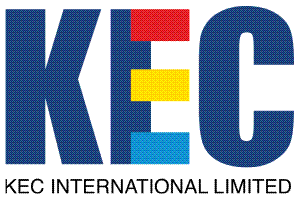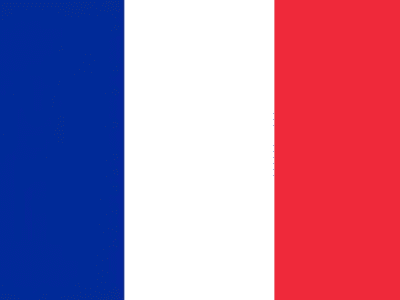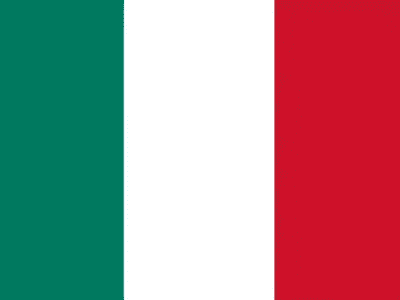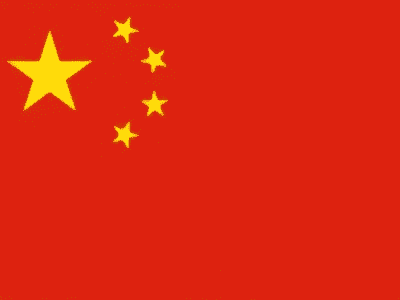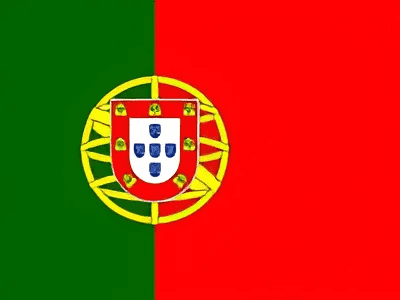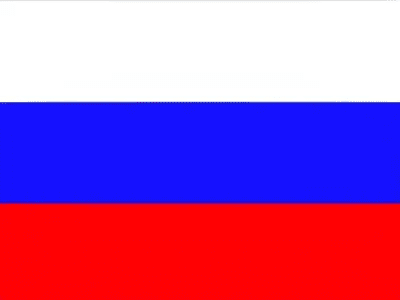
Explore the fascinating fields of language and translation. Discover the beauties and complexity of cross-cultural communication as you delve into 50 fascinating topics ranging from ancient scripts to cutting-edge artificial intelligence.
Explore the richness and variety of human language and the beauty and skill of translation to demonstrate the importance of language to our interconnected world.
Let’s start with the fascinating facts…
- Since the dawn of time, ancient cultures have employed sign language as a way of communication for the deaf.
- Klingon is a fictitious language invented for the Star Trek series, and it has been translated into the Bible.
- Translation efforts were common at the large library in the ancient Egyptian city of Alexandria.
- To translate documents from Russian to English, the world’s first computer software was created. The Georgetown-IBM experiment produced it in 1954.
- The longest officially recognized place name in the world is Taumatawhakatangihangakoauauotamateaturipukakapiki-maungahoronukupokaiwhenuakitnatahu, a hill in New Zealand.
- The Greek letters alpha and beta are the basis for the English word “alphabet.”
- Language can significantly affect how we perceive colors; some languages have fewer color distinctions than others.
- Developed in the late 19th century to promote international communication, “Esperanto” is a made-up international auxiliary language.
- The Navajo language, spoken by the Navajo people in North America, is known for its complex grammar and syntax.
- The word “translation” has different meanings in mathematics, music, and biology, among other fields.
- A single word can express a complex sentence in some languages, such as Turkish and Hungarian.
- India has the highest number of officially recognized languages, with 22 languages recognized by the Constitution.
- The world’s oldest surviving text in a constructed language is the “Damin” religious text, created in 1902.
- Chinese characters, known as “hanzi,” have a history of over 3,000 years and are used in various East Asian languages.
- The United Nations has six official languages: Arabic, Chinese, English, French, Russian, and Spanish.
- A “polyglot” is someone fluent in more than one language.
- The language with the most native speakers is Mandarin Chinese, with over a billion speakers worldwide.
- Roughly half of the world’s population can communicate in more than one language.
- The word “translation” in Latin is “translatio,” while “language” is “lingua.”
- “Eskimo-Aleut” is a language family spoken in the Arctic regions, with various dialects and sub-languages.
- The “Rosetta Stone” was instrumental in deciphering ancient Egyptian hieroglyphs, as it contained a decree in three scripts: hieroglyphic, demotic, and Greek.
- The “Tower of Babel” story in the Bible symbolizes the diversity of languages and the dispersion of people across the world.
- The “Universal Declaration of Human Rights” has been translated into over 500 languages, making it one of the most translated documents in history.
- The study of how languages change over time is known as “historical linguistics.”
- “Latin” was once a lingua franca, used for communication between speakers of different languages, particularly in Europe.
- The word “translation” is used metaphorically in various contexts, such as translating ideas into action or translating emotions into music.
- The Chinese writing system is logographic, with each character representing a morpheme or meaning unit.
- The term “pidgin” refers to a simplified language that develops between speakers of different languages for basic communication.
- The “Elvish” languages, such as Sindarin and Quenya, were created by J.R.R. Tolkien for his Middle-earth legendarium.
- The “Voynich manuscript” is an ancient text written in an unknown script and language, baffling linguists and cryptographers for centuries.
- The “Hawaiian” language almost faced extinction but experienced a revival effort in the late 20th century.
- In “transcreation,” the translator adapts the content to preserve the emotional impact and cultural references, rather than sticking strictly to the literal meaning.
- The word “doppelgänger” is of German origin, meaning “double-goer” or a look-alike.
- The “Turing test” measures a machine’s ability to exhibit human-like intelligence, including language understanding.
- The “Hindustani” language serves as a lingua franca in India, bridging speakers of different regional languages.
- The indigenous Australian language “Guugu Yimithirr” uses cardinal directions (north, south, east, west) instead of left and right.
- Some languages, like Welsh and Hawaiian, have undergone language revitalization efforts to preserve and revive their use.
- The study of non-verbal communication is known as “kinesics.”
- “Laughter” is a universal human expression and has similar sounds and meanings across different languages.
- The “International Phonetic Alphabet” (IPA) is a system used to represent the sounds of human speech in a standardized way.
- “Dubbing” is the process of replacing the original language soundtrack of a film or TV show with a translated version.
- The “Tower of Babel” myth has inspired various artistic works, including paintings, literature, and films.
- The “Akkadian” language, used in ancient Mesopotamia, is one of the earliest attested languages in human history.
- “Transliteration” involves representing the characters of one writing system with equivalent characters from another system, often used for names and place names.
- “Language extinction” occurs when a language no longer has any native speakers and is no longer spoken.
- In several international conferences and papers, the UN’s official languages are employed.
- Both “Acapulco” and “hurricane” come from Nahuatl and Taino, two indigenous languages.
- “Glossolalia” is the term for speaking in tongues or vocalizing without using a known language.
- In order to improve user experience and increase interaction in certain areas, we adapt your website to the cultural and linguistic preferences of French-speaking clients.
- The world’s oldest known written text is the “Sumerian cuneiform,” dating back to the 4th millennium BCE.
La Classe Translation Services provides impeccable linguistic support. Discover the world’s potential right now. Request a price estimate for professional translation services right away.












